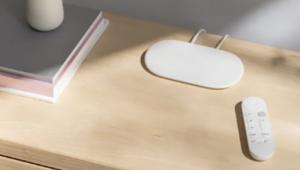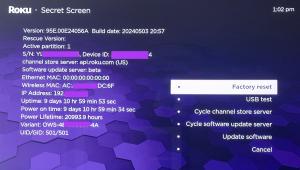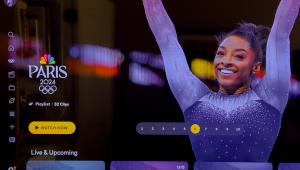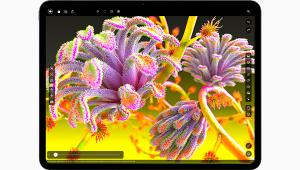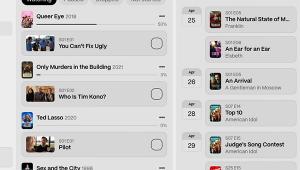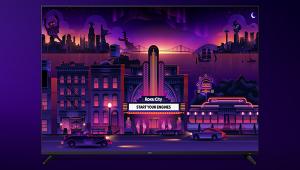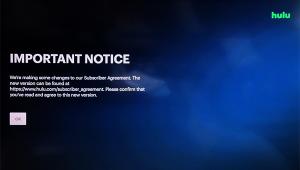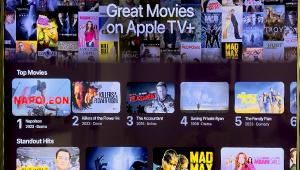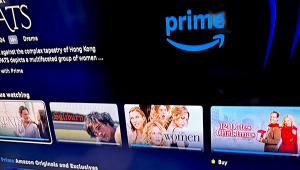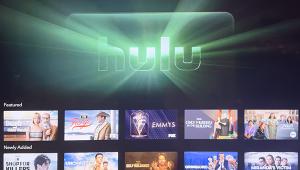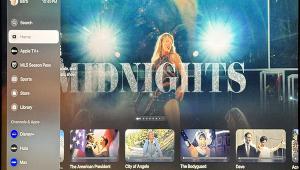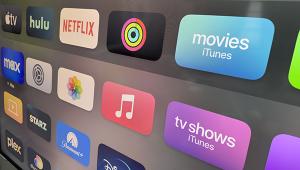What You Need to Know About Miracast
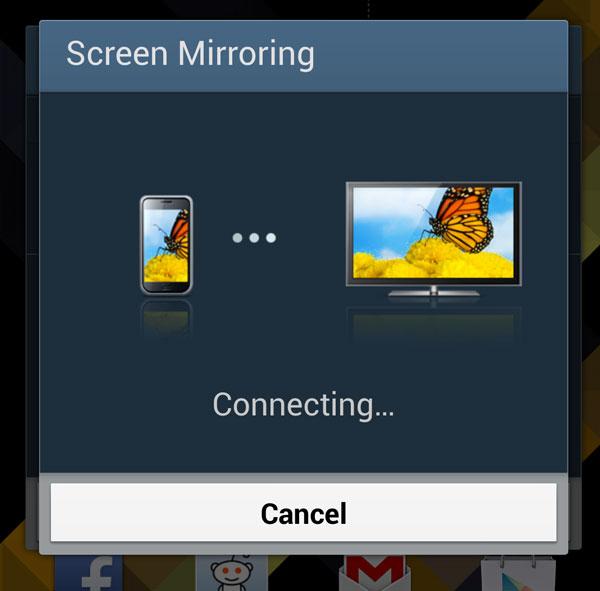
Miracast is beginning to show up on new smart TVs, as well as other devices including Panasonic’s DMP-MST60 media player. The sole purpose of Netgear’s Push 2 TV device (PTV3000) is to mirror from devices to a TV using Miracast (or Intel WiDi from a PC). A smartphone or tablet must have at least Android version 4.2 (“Jelly Bean”) to be Miracast-enabled.
In addition to mirroring its screen on the TV, a Miracast-enabled smartphone or tablet (which doesn’t include Apple iPhones, iPads, or iPods and Blackberry devices)can convert streaming videos to full screen 1080p with 5.1 digital surround sound if the source video is streaming in that format. While Miracast is showing what is on the phone or tablet’s display, there is a lag between when you touch the mobile screen and when the mirrored TV image reacts. Because of this Miracast is not suitable for playing games.
Miracast is built on WiFi Direct, a standard that allows two devices to communicate with each other directly without having to go through a home network router. Because it is simply mirroring the device, movies and music with DRM (digital rights management copyright protection) can be sent to your home theater without being blocked.
There are a number of devices with Miracast and most work similarly. Some devices have a Miracast app like the one on Panasonic's media player. Click on the app and the player receives the signal from the phone or tablet. Other devices, including Netgear's PTV3000, automatically receive the signal. To start mirroring from your mobile device, look for a WiFi Display submenu in the Settings. The Samsung Galaxy IV includes “mirror display” next to Bluetooth and WiFi settings in a shortcut settings menu that appears when you pull down from the top of the phone. Once turned on, the screen instantly appears on the TV.
Miracast will be included in the new Windows 8.1 operating system scheduled for release October 17, 2013. Similar to the Intel WiDi mirroring feature, the PC’s desktop will be mirrored onto the Miracast device and onto the TV.
Many blogs have been comparing Google Chromecast with AirPlay but the two systems have little in common beyond the ability to send video from a smartphone to a TV. While a Chromecast device can mirror the Webpages from Google Chrome on a PC or Mac, it does not mirror the whole desktop or the screen a smartphone or tablet. Instead, it displays a video or Web page by receiving its URL.
Chromecast also has an advantage over AirPlay and Miracast. Once you start a video playing on your TV via the Chromecast, you can navigate away from the app and use your smartphone or tablet to do other tasks. Miracast and Apple’s AirPlay mirroring function simply shows what is on your device’s screen. If the phone or tablet goes to sleep, the TV screen goes black too. Still, Chromecast cannot play DRM movies and music. Until technologies improve and new features are added, it seems that having both a Miracast-enabled device and Chromecast will be the most complete experience.
- Log in or register to post comments
